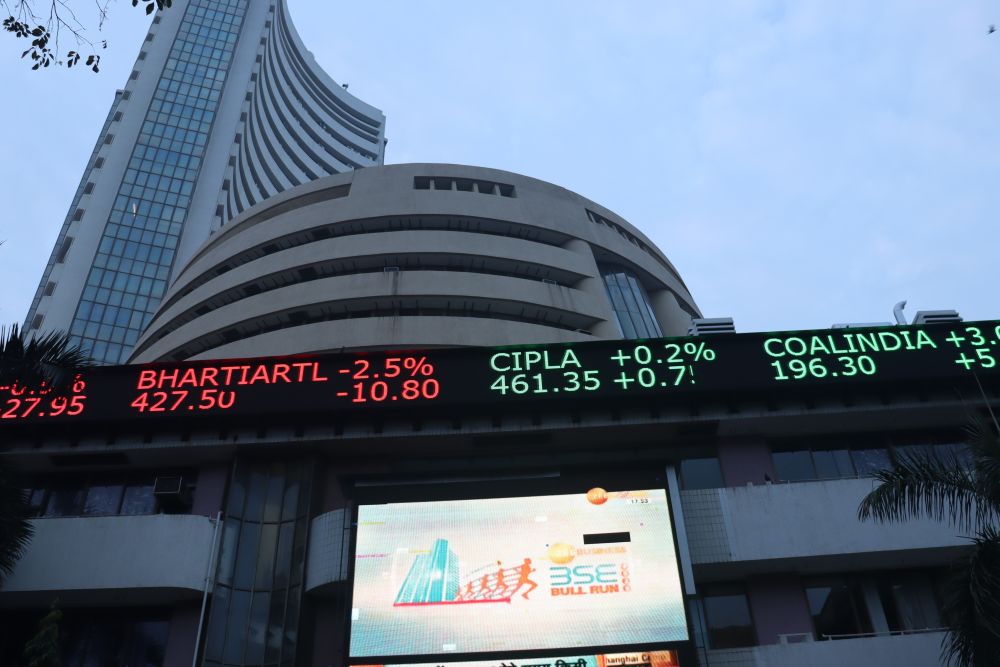 |
|
After years of negotiation, deliberation and discussion – with the Alternative Investment Fund Managers Directive (AIFMD) having come into effect in July this year, and the majority of reporting to begin in January 2015 – you'd be forgiven for thinking that the AIFMD journey is finally coming to a close. This couldn't be further from the truth. In fact, the journey is just beginning.
For non-EU AIFMs marketing into the European Union, the challenge is doubled: not only must funds cope with an unprecedented burden of reporting; they also have to work out how each regional regulator interprets the directive’s fine print. As competition for capital rises, funds cannot afford to leave any stone unturned – and so many will have to embark on the long and treacherous road of AIFMD reporting to tap into the European market.
The alternative investment industry is simply not prepared for the onerous new reporting regime covered in Annex IV of the directive. A poll conducted in September found that more than half of the managers surveyed had yet to begin Annex IV preparations, despite the huge step-change it represents and the fact that only a few months remain until its implementation. More than nine in 10 of those polled expressed serious concern about the January deadline.
However, the challenge is even more acute for the private equity and real estate industry. For these firms, the transition to AIFMD reporting is like being thrown in the deep end. In an incredibly short space of time they will go from being relatively unregulated to highly regulated, and the demands of Annex IV go far beyond the level of reporting the private equity industry has traditionally adhered to.
The difficulty for these funds is exacerbated by the fact that AIFMD was designed with hedge funds in mind, despite the fact that the private equity and real estate industry is worlds apart from hedge funds in terms of its operations.
The biggest challenge is in the frequency of reporting. These funds are used to calculate IRR and GIRR figures on a quarterly basis, but Annex IV demands these be calculated monthly instead , and be submitted quarterly. The problem here is not only cultural and logistical: the reason private equity and real estate funds have evolved to calculate quarterly figures is that private companies and real assets are inherently harder to value than public ones, and the process of valuation is more time consuming.
Thankfully, the FCA has confirmed that it will accept estimates for now. This is a welcome reprieve given that the new reporting burden will kick in at a time of year when deal-flow is typically high, and managers have enough on their plate doing their primary job. But fund managers can’t afford to rest on their heels – the demand for exact valuations could come at any minute.
It's not just the industry that isn't prepared, and this only increases the challenge for non-EU funds marketing into Europe. The whole regime is still in a stage of great uncertainty; with regulators across Europe scrambling to issue last minute clarifications on swathes of rules and particularities (the UK’s Financial Conduct Authority and the European Securities and Market issued major documents only earlier this month). Many questions remain unanswered, and there's no reason to assume this will stop in January. The uncertainty is likely to continue for some time and we are likely to see further changes, new rules and new interventions on a rolling basis as the regime beds in next year.
This confusion means that many of the regulators across 30 European jurisdictions are currently implementing the directive's provisions in their own idiosyncratic way. The transmissions’ process for reports is fragmented and chaotic. For instance, ESMA, the FCA and Netherlands’ regulator are all using different versions of the XML format. Meanwhile, Finland and Belgium are currently developing their own systems and Luxembourg is pushing for filing to go through a secure channel, which will incur considerable provider costs. Guidance documents also vary substantially between jurisdictions. In addition to the ESMA and FCA guidance, both the Netherlands and Luxembourg regulators have issued their own documents.
For non-EU AIFMs looking to market under the National Private Placement Scheme, fragmented processes present a serious challenge. Fund managers looking to market across Europe will need to report to each relevant regulator according to that jurisdiction’s protocols. Funds that want to tap into the pools of capital across Europe are not facing the prospect of one set of AIFMD reporting processes, but 30.
Given all these, it is clear that the AIFMD reporting hurdle is not something the industry can surmount on its own. Many firms – and particularly those marketing into Europe from outside the EU – will need a helping third-party hand: expert guidance combined with the best technological solutions.
This situation has, understandably, led many to rush to offer the industry complete outsourcing solutions. This looks like it will be a necessary short-term solution for many given the scale of the challenge, the tight deadlines involved, and the industry’s level of preparedness. However, the key issue is the timeframe: there is no reason why, in a few years, many firms shouldn't be able to handle much of the AIFMD reporting burden internally, once the system has bedded in and firms have grown accustomed to it. There is an argument that what the industry needs are third parties with capacity to take on the reporting burden now, but also the ability to help firms internalize the new regime over time.
Sarmad Naim is the technical regulatory manager at Augentius


.jpg)






